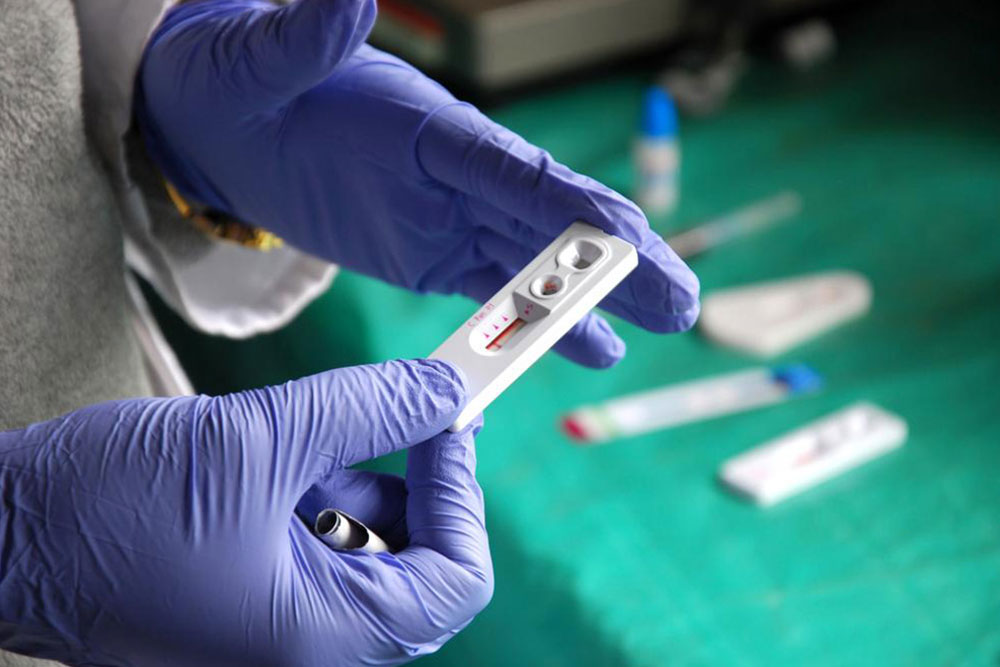Comprehensive Guide to Prostate Cancer: Symptoms, Detection Techniques, and Modern Treatment Strategies
This comprehensive article explores prostate cancer, highlighting its symptoms, detection methods, and cutting-edge treatment options. It emphasizes the importance of early diagnosis through regular screenings, discusses various treatment approaches tailored to disease stage, and reviews ongoing research aimed at improving management strategies. Ideal for men over 50 or high-risk groups, the guide provides vital insights into maintaining prostate health and advancing in prostate cancer care. Staying informed can lead to better health outcomes and life expectancy.

Comprehensive Guide to Prostate Cancer: Symptoms, Detection Techniques, and Modern Treatment Strategies
Prostate cancer has become an increasingly prevalent health concern among men worldwide, especially those over the age of 50. As the second leading cause of cancer-related deaths in men, understanding this disease is crucial for early detection and effective management. The causes of prostate cancer are multifaceted, involving genetic predispositions, lifestyle factors such as diet and physical activity, and environmental influences. It is important to recognize the risk factors and symptoms associated with prostate cancer to facilitate timely diagnosis and treatment.
Understanding the Symptoms of Prostate Cancer
The early stages of prostate cancer often present with subtle symptoms that can be easily overlooked. Men may experience frequent urination, especially at night, difficulty starting or stopping urination, and a weak or interrupted urinary stream. Blood in urine or semen, painful urination, and discomfort in the pelvic area are common early signs. As the disease advances, symptoms can intensify, leading to bone pain, particularly in the pelvis, spine, or thighs, which indicates metastasis. Erectile dysfunction may also occur, affecting quality of life. Recognizing these symptoms promptly can lead to earlier diagnosis and improved prognosis.
Detection Techniques and Diagnostic Procedures
Early detection of prostate cancer significantly improves the chances of successful treatment. Routine screenings are vital, particularly for men over the age of 50 or those with family history or other risk factors. Common detection methods include prostate-specific antigen (PSA) blood tests, digital rectal examinations (DRE), and advanced imaging techniques such as MRI and CT scans. These tests help identify abnormalities or suspicious areas within the prostate.
Furthermore, confirming diagnosis often requires a prostate biopsy, where tissue samples are examined microscopically for cancer cells. Urine tests, including PCA3 testing, also aid in distinguishing benign conditions from malignant ones. It is crucial to perform these tests regularly, especially for high-risk groups, to catch the disease at an early stage. The early diagnosis of prostate cancer opens up more treatment options and improves survival rates.
Understanding and utilizing these detection methods can lead to early intervention, which is essential for successful treatment outcomes.
Modern Treatment Approaches for Prostate Cancer
Treatment strategies for prostate cancer depend on the stage of the disease, patient health, and personal preferences. In the early stages, options such as surgery—particularly radical prostatectomy—or minimally invasive robotic procedures are commonly employed to remove or destroy cancerous tissue. These approaches aim to eradicate the tumor while preserving normal functions as much as possible.
For more advanced or metastatic prostate cancer, hormone therapy (also known as androgen deprivation therapy) is often used to reduce testosterone levels that fuel tumor growth. Radiation therapy, either external beam or brachytherapy, provides targeted treatment to affected areas. Chemotherapy may be recommended when cancer has spread extensively, aiming to control symptoms and prolong life. Recent advancements include targeted therapies and immunotherapy, which are showing promise in improving outcomes and reducing side effects.
Additionally, ongoing research explores personalized treatment plans based on genetic profiling, aiming to optimize therapy effectiveness and minimize adverse effects. Active surveillance is another approach for low-risk prostate cancer, allowing some men to avoid immediate treatment and monitor the disease's progression closely.
Each treatment modality is carefully tailored to the individual, balancing efficacy and quality of life considerations. Advances in medical technology continue to expand options, making prostate cancer management more effective and less invasive.
Current Research and Future Directions in Prostate Cancer
The field of prostate cancer research is rapidly evolving, with ongoing studies aiming to deepen understanding of its causes and improve treatment options. Researchers are investigating genetic markers that could predict disease risk and guide targeted therapies. Lifestyle modifications, including diet, exercise, and smoking cessation, are being studied for their potential to reduce risk and prevent progression.
Novel treatments, such as new hormone agents, immunotherapies targeting specific cancer cells, and precision medicine techniques based on genetic information, are under clinical trials. Additionally, advances in imaging technology, like multiparametric MRI, allow for more accurate tumor localization and better assessment of treatment response.
The importance of regular screening programs for men over 50, or those with high risk factors, cannot be overstated. Early detection remains the key to reducing mortality rates associated with prostate cancer. Educating men about symptoms and encouraging proactive health checkups can significantly impact survival and quality of life.
In conclusion, prostate cancer is a serious health concern that requires awareness, early detection, and tailored treatment strategies. With ongoing research and technological advancements, the outlook for men diagnosed with prostate cancer continues to improve, offering hope for more effective management and better quality of life in the future.
Maintaining awareness and routine screenings are vital to combating prostate cancer effectively, leading to earlier diagnoses, more successful treatments, and improved patient outcomes.





